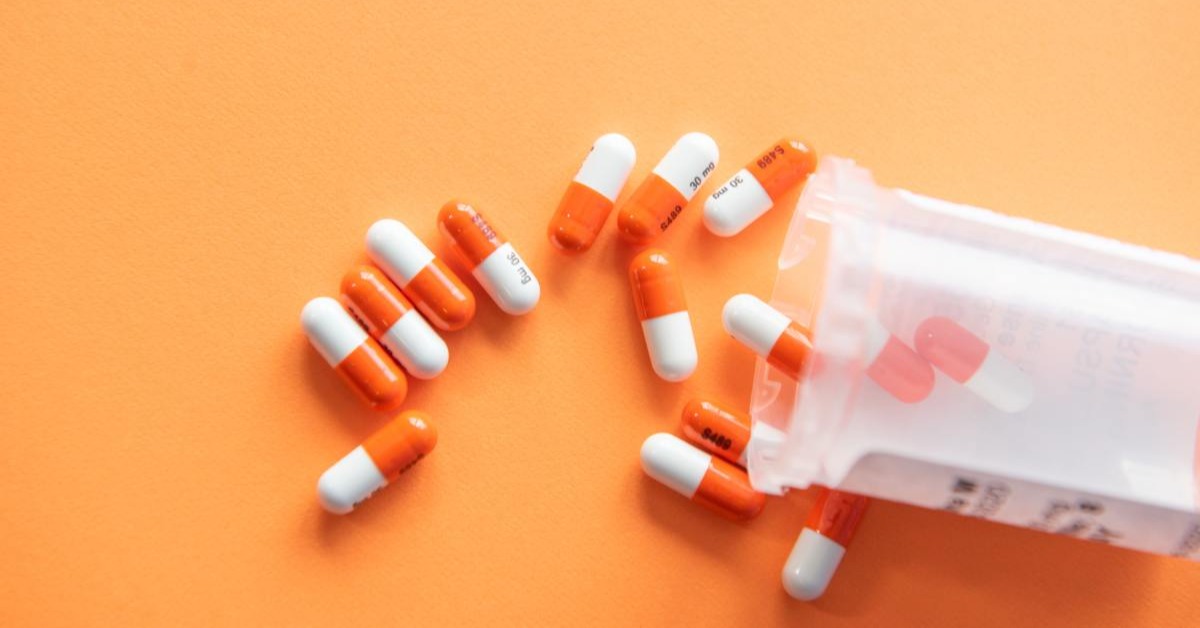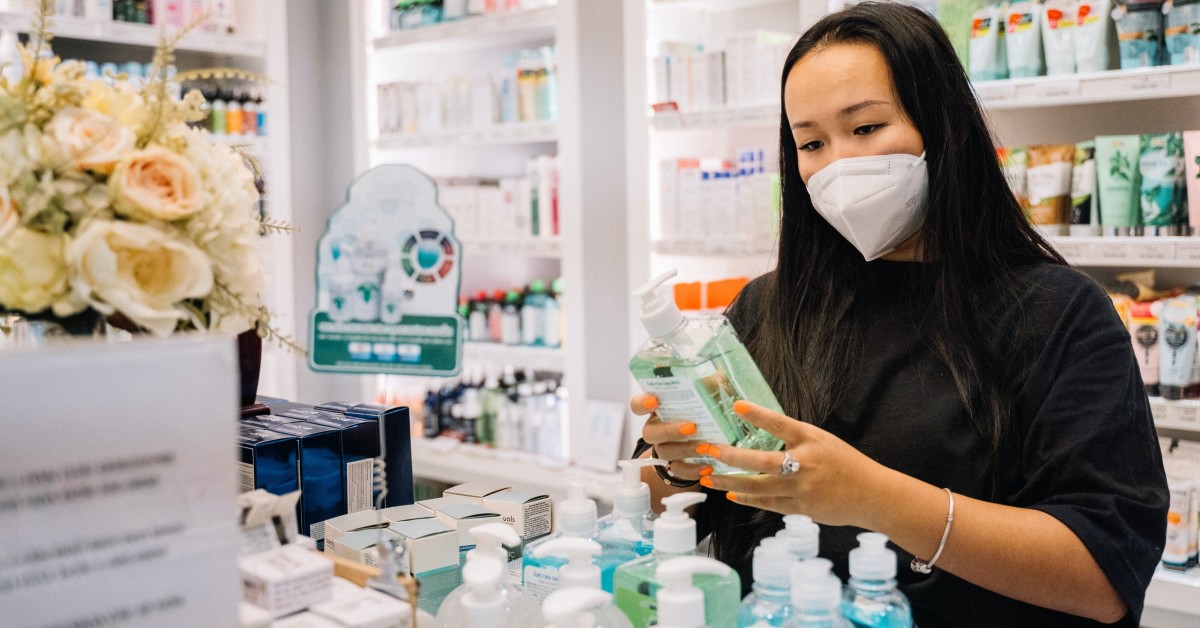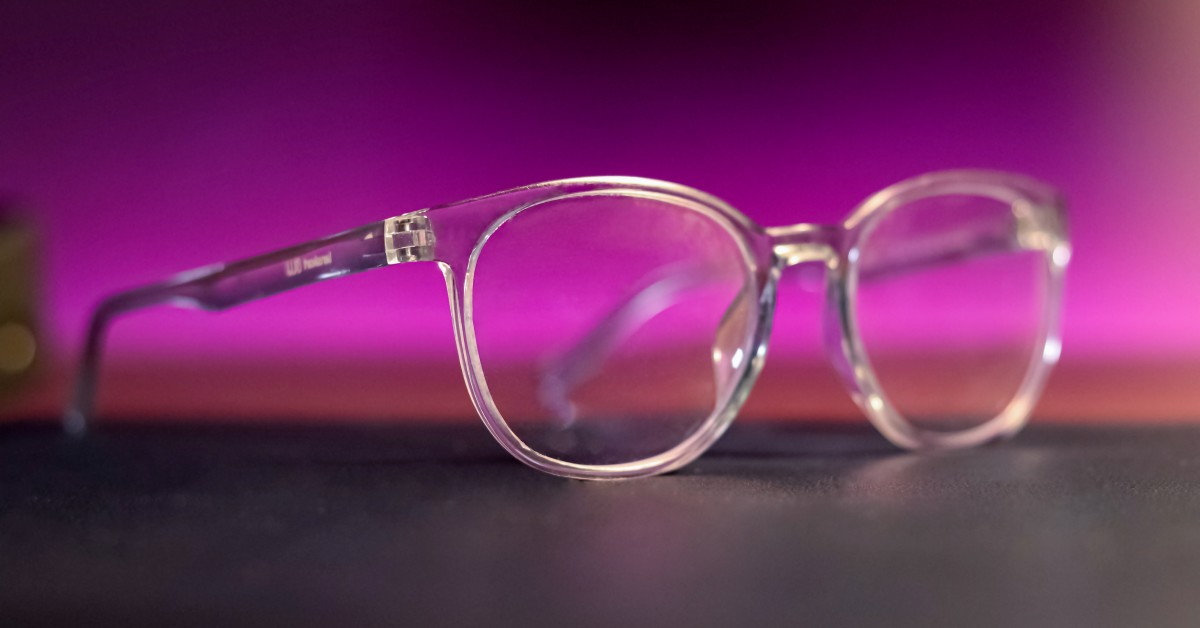
How to Become a Health Services Manager,and How Much $$$ You'll Earn Doing It.
On average, health services managers earn over $100,00 per year. [...]

When we think of the pharmaceutical industry, one of two images likely comes to mind: the friendly pharmacist at our local drug store or technicians developing new medications in a lab. But the role of the pharmacist extends across the entire medical field. Pharmacists are involved in everything from the regulatory process to patient support in long-term rehab facilities. What do all these jobs have in common? They all require a Doctor of Pharmacy (PharmD) degree.
Pharmacists have occupied the medical spotlight during the COVID-19 pandemic. When President Biden launched the Federal Retail Pharmacy Program for vaccinations in early 2021, your community pharmacist became critical in stemming the spread of the virus. The demand for pharmacists’ time, in turn, skyrocketed, driving shortages of trained professionals across the country. Pharmacists and the schools that train them have never been more important.
So what is a Doctor of Pharmacy and how does it lead to successful pharmacy practice? In this article, we’ll answer:
The Doctor of Pharmacy is the professional degree required to practice pharmacy in the US. The four-year program prepares students for the North American Pharmacist Licensure Examination (NAPLEX) and state pharmacy tests.
Aspiring pharmacists must also complete an experiential education portion of their training to qualify for certification. Colleges of pharmacy offer these hands-on (and typically well-paying) experiences in tandem with their remaining classes. In some pharmacology departments—at Butler University, for example—students complete one-month rotations in each specialty area during their final year.
Similar to pre-med programs, pre-pharmacy tracks offer undergraduate students a direct pathway into a PharmD program. While you do not necessarily need a bachelor’s degree to apply to a PharmD program, you do need two or three years of study in the pharmaceutical sciences as well as Pharmacy College Admission Test (PCAT) scores to apply.
PharmD programs provide students a clear path toward pharmaceutical certification. Candidates complete all mandatory undergraduate coursework, take the PCAT exams, earn their doctorate, fullfil residency requirements, and earn certification. Where they go from here, however, depends on their interests and career goals.
According to the US Bureau of Labor Statistics (BLS), an impressive 42 percent of practicing pharmacists work in traditional pharmacies and drug stores. These specialists fill over 2.5 billion prescriptions a year in the US, offer advice on over-the-counter meds, assist with insurance paperwork, and provide vaccinations. In other words, they directly impact local public health on a daily basis.
Additionally, you will find pharmacists in hospitals, ambulatory health care systems, and clinics or long-term health centers.
A PharmD also offers a pathway toward:
Research-focused graduates can work to expand the reach of traditional pharmaceutical, biopharmaceuticals, and nuclear drug research. They may work with government organizations to research, test, and roll out new medications.
While most aspiring pharmaceutical teachers earn a PhD in pharmacology, some PharmD students choose to teach as well. According to Pharmacy Times, students can consider a PGY-1 residency—a popular post-graduate training program—if they want to take this route.
PharmD graduates also may leverage their business acumen and scientific knowledge in a corporate setting. Roles in operations, regulatory practice, and marketing all require the expertise of trained healthcare providers.
Full-time pharmacist positions unlock a pathway to a six-figure salary almost instantly. The BLS estimates that pharmacists across industries make an average of $128,710 a year, or $61.88 an hour. Salaries vary $20,000 to $30,000 a year depending on the specific career path, region, and whether there is a high demand for pharmacists in your area, particularly around cities.
Let’s look at some of the highest-paying pharmaceutical roles available today.
According to Indeed, biostaticians top the charts for high-paying roles in the field. Government agencies and top private facilities typically offer these research-focused positions, which pay an average of $143,550 a year.
The next step in the lab-to-consumer pipeline is manufacturing. These experts combine their knowledge of biochemistry and engineering with an awareness of supply chain and business. On average, general and operations managers make $165,690, while top executives earn $172,040, and CEOs command $236,420.
The manager of a pharmacy can make well above $150,000, especially in high-demand areas like New York City. According to Salary.com, the average NYC pharmacy manager makes $190,981, while the top 10 percent make over $210,000.
The rigorous four-year PharmD curriculum combines scientific, medical, and professional courses to produce well-rounded and well-prepared professionals. Students also receive a significant amount of hands-on experience in both the practice of dispensing medications and the research and development process.
During the third and fourth years of study, students break off into their concentrations, focusing on highly specialized areas of medicine that they plan to explore after graduation. The final year places students in the field full-time to qualify for certification and prepare for exams.
The majority of pharmacy students begin the six-year track early in their career, if not right out of high school. The average age of a PharmD student ranges from 24 to 26.
The American Association of Colleges of Pharmacy (AACP) also notes that over 61 percent of students are female. Additionally, the vast majority—nearly 80 percent—worked in a community pharmacy while earning their doctoral degree.
In other words, PharmD students jump into the industry feet first, often working toward their certification while making connections in their local industry.
Candidates considering earning a PharmD can go in one of two directions. As we mentioned above, you could start off by completing the required prerequisite courses in a pre-pharmacy undergraduate program. In many cases, this takes between two and four years.
Another popular pathway to certification is in what’s known as a zero-to-six program. The full course of study still takes six years, but there’s no significant break between undergrad and doctoral school. Students can stay at the same school and forego the PCAT exam.
The majority of pharmacy programs utilize the program PharmCAS for their centralized application system. Application windows typically open the fall and winter before the following fall start date.
When determining eligibility for a specific PharmD program, always begin with the list of prerequisite courses. Program requirements can be similar, but each school includes a unique mixture of science, math, and social sciences coursework. Some students take a break between their undergraduate studies and applying for a PharmD program; universities often prefer that prerequisites be completed within the previous five years.
While PharmD programs are not extraordinarily competitive—PharmCAS noted that the acceptance rate was around 82.7 percent a few years back—the prerequisite coursework is more extensive than for many other career paths. That means self-selection contributes significantly to the high acceptance rate. Admissions qualifications are well-known and few bother applying if they know they don’t meet the requirements.
PharmD curricula build upon foundational courses to cover advanced content before students transition to a professional year. Let’s take a look at the University of Washington’s course of study, for example.
Over the first eight semesters, students explore increasingly complex topics in the sciences, pharmaceutical safety and ethical practices, pharmacotherapeutics, and immunization. Advanced courses include current trends in pharmacology, advanced pharmacy leadership, and prescribing drugs for different systems of the body.
The final four semesters are reserved for what the school calls the Advanced Pharmacy Practice Experience (APPE). Students complete eight APPEs in different areas before graduation.
Many programs encourage students to customize their education by choosing electives at the end of their first year. Elective coursework may also qualify graduates for additional certification in their desired area.
The American Association of Colleges of Pharmacy (AACP) lists all available graduate pharmacy programs in the US each year as well as their specialty options. For example, Long Island University offers specialization tracks in cosmetic sciences, industrial pharmacy, and pharmacology/toxicology.
Specialization at some schools broadens the scope of study instead of homing in on a specific area. Butler University offers two unique curriculum structures—one advanced path for students looking to graduate with honors and another with an added medical Spanish concentration.
Dual degrees are a popular option in pharmacy studies. These combine the technical knowledge of pharmaceuticals and either business-related or public health topics. Rutgers University, for example, offers a dual degree with a Doctor of Medicine and a Master of Public Health (MPH) or a Master of Business Administration (MBA).
The school also offers the PharmD/MS-HOPE program, or Master of Science in Health Outcomes, Policy and Economics. According to its website, the program encourages aspiring pharmacists to “promote value-based decision making on pharmaceuticals by coupling their clinical PharmD training with Master level scientific training to evaluate treatment outcomes and costs.”
Excellent PharmD programs include those listed below.
UNC’s Eshelman School of Pharmacy program topped the national list for 2021 for PharmD programs. In addition to its high ranking, the school also received the second-largest amount of funding from the National Institute of Health and has the highest ranking for students matching with a residency. Students rigorously lay a foundation of fundamental courses in the first year so they can commense immersion starting in the second year.
UCSF tops several of US News and World Report lists, including scoring the number two pharmacy spot. Quite uniquely, the program runs year-round; students can complete their studies in just three years. The curriculum combines five main components: foundation pharmaceutical knowledge, integrated themes in therapeutics, hands-on patient care skills, clinical experiences, and a student-team-based discovery project.
University of Michigan Ann Arbor ties for third place with the University of Minnesota. The university boasts that nearly 70% of their 2020 grads matched with top fellowships and residencies across a range of public and private companies. The school also celebrates its high financial aid and scholarship rate to provide an affordable doctorate. The program offers a 4-to-1 student-to-faculty ratio, inter-professional classes across several areas of medicine, and the opportunity to complete a major research project before graduation.
Online and hybrid options are popping up at more and more highly rated universities, particularly with more professionals transitioning to remote work. Due to the nature of a residency and hands-on course of study, the majority of online PharmD options require an in-person component. Here are two top-rated programs to keep on your radar.
Students can be a part of Butler University’s first cohort of online students in the fall of 2022. You can complete the majority of your studies in this four-year program online, with the exception of three yearly immersion experiences on campus in Indianapolis.
Pittsburgh-area candidates can work almost entirely from home during their first three years of study in Duquesne’s online PharmD program. Since the fourth year consists of transitioning to the professional immersion experience, students have more options to choose where their on-site project takes place.
Earning a PharmD is a fast-paced, intensive undertaking. Its rigorous course of study prepares students quickly and thoroughly to contend with the demands of patient-focused pharmacy care. If you aspire to serve the community while earning an excellent salary—and you have the math and science chops to cut it in a PharmD program—a career in pharmacy could be for you.
(Last Updated on February 26, 2024)
Questions or feedback? Email editor@noodle.com

On average, health services managers earn over $100,00 per year. [...]

Becoming a pharmacist requires a good deal of schooling: a [...]

Pharmacy is not only a science; it's also a business. [...]

Women in leadership are particularly susceptible to imposter syndrome, the [...]

Admission to the US' 23 accredited Doctor of Optometry programs [...]
Categorized as: Medicine, Nursing & Healthcare